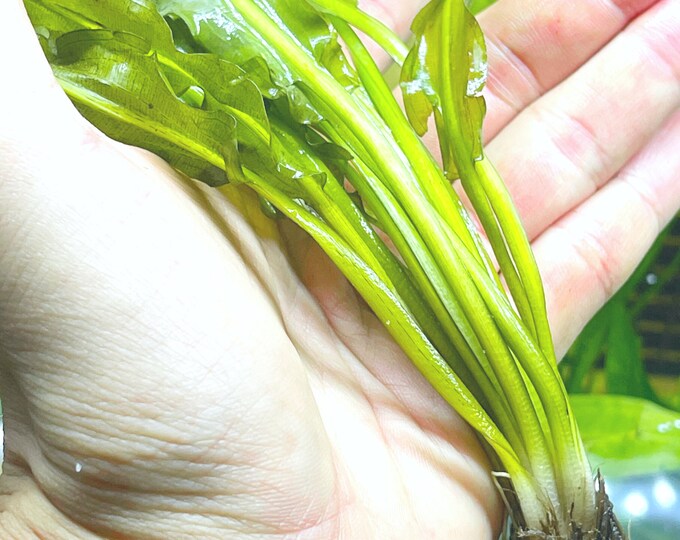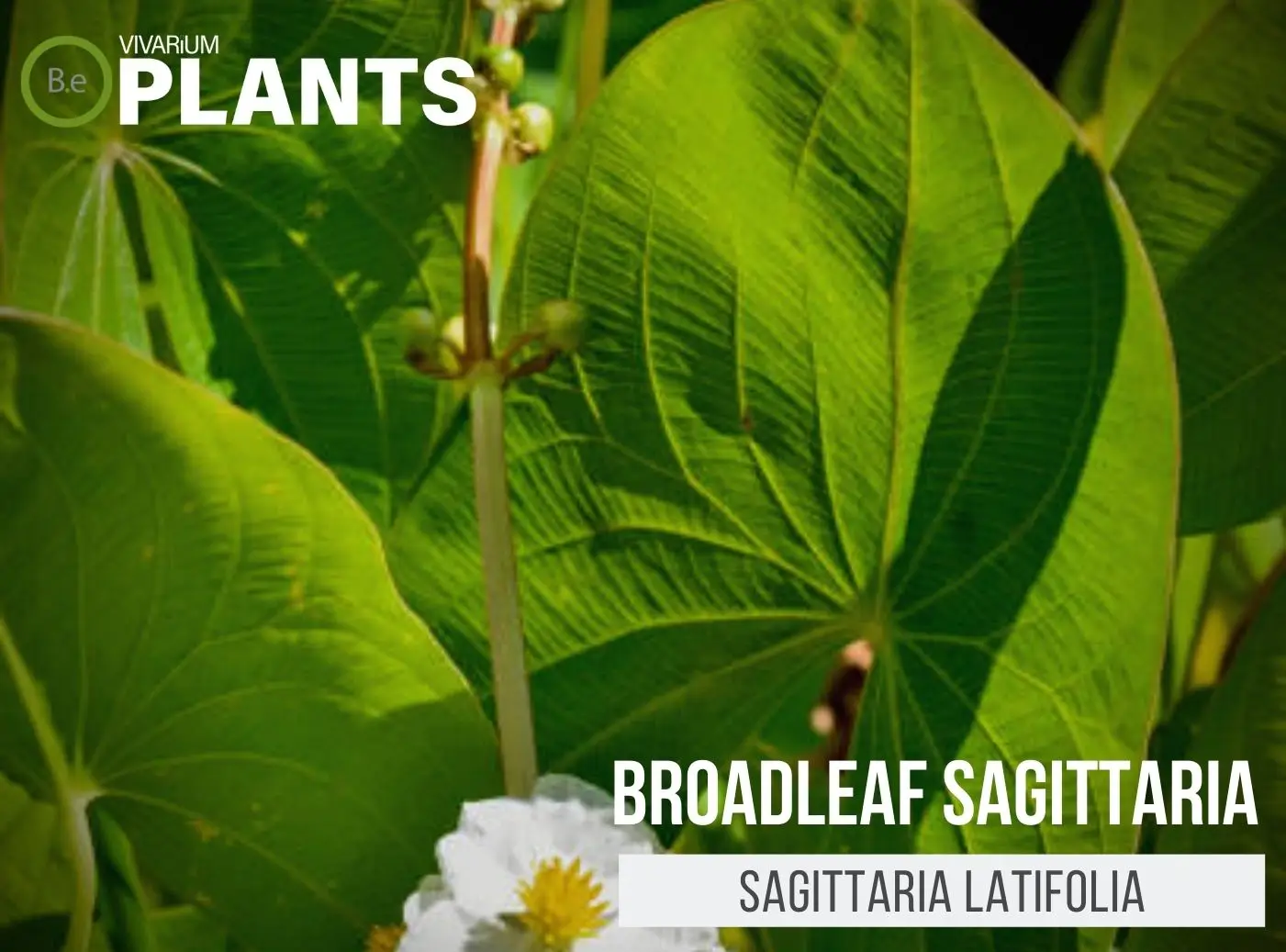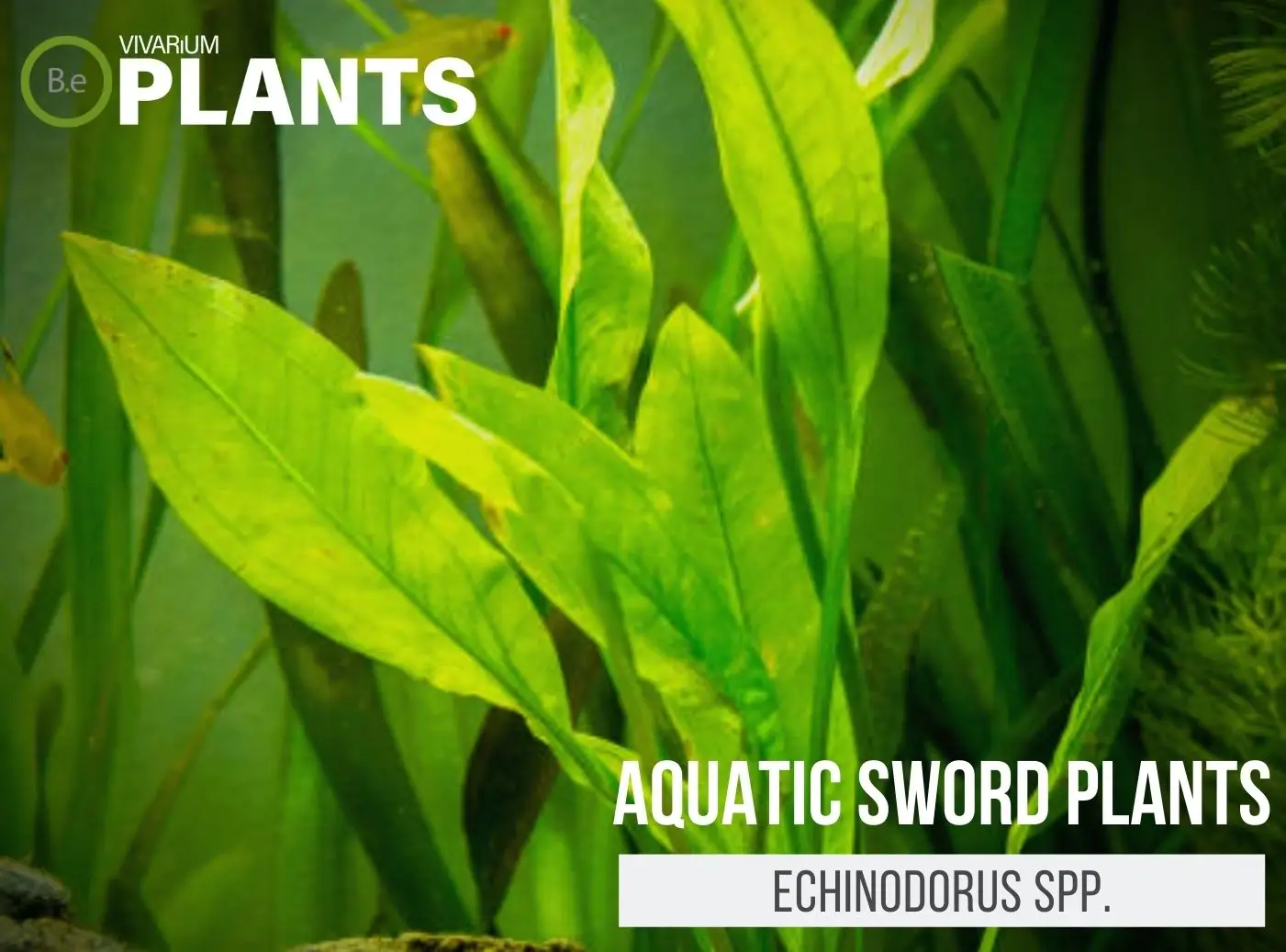Potamogeton spp., a.k.a Pondweed, is a common addition to a variety of freshwater aquariums and aquatic vivariums.
No matter the set-up, this relatively low-maintenance or even aquatic floater of a plant serves a strong purpose.
Part of the Potamogetonaceae family, this aquatic marginal plant offers a great amount of flexibility for placement and care with its versatility in sizes, textures, and habitat.
| Quick Stats: | |
|---|---|
| Scientific Name | Potamogeton spp. |
| Common Name | Curly Pondweed, Waterweed, Nutgrass |
| Family Name | Potamogetonaceae |
| Habitat | Freshwater |
| Temperature | 50-86°F |
| Height | 2 cm – 3 cm |
| pH | 6.5 to 8.0 |
| Lighting | Medium to bright |
What Is Pondweed?
Pondweed is a genus of aquatic flowering plants commonly found in freshwater habitats worldwide.
There are over 150 species within the genus with a variety of shapes, sizes, and growth characteristics.
Some varieties of pondweed will grow submerged along the bottom of the tank in the substrate, while others can be found floating on the surface of the water.
These plants are hugely beneficial in providing hiding places and oxygen for fish, as well as acting as a food source for animals.


Pondweed Facts
Pondweed is a very beneficial plant for aquariums, as it produces oxygen that helps to keep water levels balanced.
This oxygen also helps filter out waste and toxins, which is why many aquarium owners like to have these plants around.
In addition, pondweed can also serve as food for some species of fish and invertebrates, like the endangered freshwater mussel, which loves its tender leaves.
Lastly, pondweed can provide protection and shade for fish, shellfish, and larvae.
Description
The appearance of pondweed will vary depending on the species and its location within the aquatic environment.
All pondweeds have leaves that are submerged and short stems that may rise above the surface of the water.
Its leaves will be either long and narrow, or coarse and flat. The stems will be firm and likely of brown color.
Habitat
Pondweed is found in a myriad of fresh bodies of water. While some species are found in shallow waters, most species can be found in slightly deeper pools.
Typically, these aquatic plants prefer areas of still or slow-moving water and are common in ponds, lakes, and rivers.
pH Preference
Most species of pondweed prefer a more alkaline pH, usually around 6.5 to 8.0. While some species are tolerant of a slightly lower pH, levels lower than 6.0 may be harmful and stunt the growth of the plant.
Vivarium Type
Potamogeton spp. is quite an easy-going species. With that in mind, it will not be too complicated when it comes to choosing the type of enclosure it is grown in. It is best to try and replicate the plant’s natural habitat as much as possible.
Doing so will make it easier to provide this foliage plant with its basic needs. The proper setup and theme of the enclosure will make a big difference to the overall look and health of the plant. Be sure to choose setups that are moist and high in humidity.
Here are recommended vivariums it will do well in:
- Paludariums – Half aquatic/ half terrain-based enclosure.
- Ripariums – Mostly aquatic-based enclosures with some terrain features present.
- Aquarium– Fully aquatic-based enclosure with little to no dry terrain.
Vivarium Placement
Pondweed is a great plant for aquascaping and displaying in aquariums or other aquatic vivariums.
It can be used as a floating plant, simply laid on the bottom of the aquarium substrate or even attached to driftwood and rocks.
Wherever placed within the enclosure, this plant can provide shade, oxygen, and a hiding place for fish.
Substrate
This plant does not need to be planted in a substrate, and if used in a floating capacity, can be simply moved around the aquarium with no difficulty.
If planted, pondweeds prefer soft, loamy soil with a good amount of organic material. The aquatic substrate should be firm and be able to tolerate water logging.
Lighting
Pondweed likes to have good amounts of light, but not direct sunlight. This can be provided with natural sunlight received from nearby high windows or through artificial aquarium lighting.
Buy Pondweed
When it comes to buying Pondweed, there are a few things to keep in mind. Making sure the plant is healthy when purchased is essential for its success in a vivarium or pond. Vegetation that is already in poor conditions will have a very hard time adjusting to new environments.
Click the image below to find out more about the current price and other relative info about this plant.
Pondweed Care & Propagation
Pondweed is very low maintenance and is easily propagated. It can be propagated through division or by cuttings. In addition, the plant reacts positively to supplemental fertilizers, like aquarium plant fertilizer.
How To Grow
Pondweed grows best in areas of still or slow-moving water. It can be grown on the substrate, floating on the surface, or even affixed to driftwood and rocks.
This plant can be trimmed and trimmed sides replanted. For optimal growth, fertilizers should be added regularly and the water levels maintained at optimal levels.
Water Requirements
Pondweed requires a steady flow of water. The water level should be kept around .5 inches above the substrate, depending on the species of pondweed being grown.
Water levels should not be allowed to drop too low or become stagnant, as this may result in algae growth or a decrease in oxygen levels.
Plants Similar To Pondweed
Adding diversity to an enclosure is key to an aesthetically pleasing setup. Try mixing up the look of your vivarium with different flora that can easily co-exist in the same types of environment.
Furthermore, if for some reason you find the Pondweed hard to acquire or would like to consider something similar to this aquarium plant… Here are other marginal plants you might find will do well with or in place of Potamogeton spp.:
Conclusion
In conclusion, pondweed is an incredibly versatile plant that is an excellent addition to any aquatic setup.
It can provide oxygen, food, and shelter for your aquarium inhabitants, and its easy care makes it an ideal choice for beginners or experienced aquarists alike.
With proper care, the pondweed plant can be a beautiful addition to any aquarium setting.
Frequently Asked Questions
Pondweed is used to help create a natural habitat for aquatic life, limit algae growth, provide oxygen to water, and help maintain a healthy pond ecosystem.
A pondweed is a type of aquatic plant found in slow–moving or still-water bodies such as ponds and marshes. There are many different species of pondweed, including Eurasian water–milfoil and curly-leaf pondweed. They typically have long stems and natively grow submerged beneath the surface.
Pondweed is often used in fish tanks because it provides an oxygen–rich environment for the fish and other aquatic creatures. It also filters out pollutants from the water and provides hiding places for small fish. Pondweed can help keep a tank healthy and make it look more attractive.
The benefits of Potamogeton include improved water quality, habitat for aquatic organisms, and erosion control.




